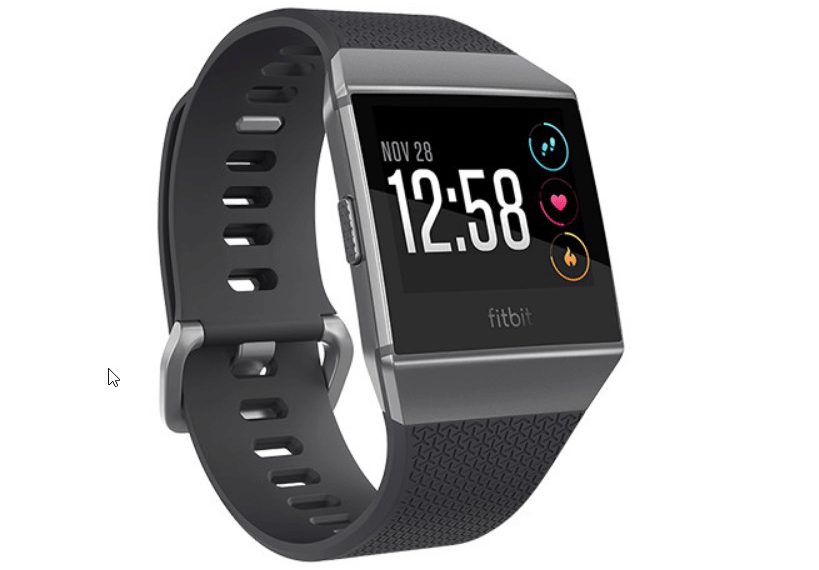Fitbit Ionic - Continued

Email, IM, and notifications
At first, I didn’t understand why getting emails, instant messages, and notifications would be helpful if you can’t respond to them. Wearing the device for a few days now, I find it quite useful. When I’m working, in a meeting, or out exercising, I can’t always respond to calls. If my Ionic gently vibrates, I can glance to see how urgent it is to respond.
When you compare it to the Apple Watch, which allows you to return texts and messages, the Apple Watch only works with Apple products. The Ionic works with iOS and Android.
Music player
As mentioned above, you can download music to your Fitbit Ionic. You need the Fitbit desktop app to transfer music to your Ionic. With 2.5 GB of space, you can add about 300 songs. You’ll need to pair this with your Bluetooth headphone. If you use the Pandora app, you’ll have to pay $3.99 per month or $36 per year.
Social sharing
You can share profile information, your average daily steps, badges (you receive these when you reach a goal like 10,000 or more steps in a day), sleep logs, progress towards your weight goals, and other fitness-related accomplishments. This info is shared with the Fitbit community, and you can limit what and how much you want to share. Some members find it encouraging posting their accomplishments.
On Facebook, you can join Fitbit Friends. I’ve found I get responses to my questions answered quicker than in Fitbit’s community group in the Fitbit network.
Battery life
This is a plus. The battery needs to be charged about every four to five days. It depends on how much data you use. Just like your cell phone, the more apps you use, the quicker the battery needs recharging.
Recharging my Ionic is a breeze compared to recharging my Fitbit Flex. The battery in my Flex was a bit small for the charger, so it slid around and didn’t always hold a charge. The battery in the Ionic is built into the watch and easily works with the charger. It takes one to two hours to fully recharge your Fitbit Ionic battery.
Maps and GPS navigation
The built-in GPS shows your pace and distance as well as calories burned, and more. If you go into the Ionic’s exercise app on its touchtone screen, the GPS shows additional stats, such as a map of your route and the elevation gained (if you hiked).
Fitness tracking
The numbers of exercise options are broad. In addition to steps, there’s hiking, swimming, running, cycling, treadmill, weights, and an assortment of exercises, from leg lifts to push-ups.
The Ionic tracks your distance using GPS, not steps, which makes it more accurate.
It’s also water-resistant up to 50 meters. Plus the swim-tracking mode in the Exercise app on the watch face records your laps, strokes, and calories burned.
You can program the device to gently vibrate to remind you to get up and move.
Software ease-of-use
It’s an intuitive program. That’s saying a lot because I consider myself a few levels up from a Luddite. The touchtone screen makes everything easy. There are three buttons. The one on the left turns the device on and, if you’re in a program and you press that button, it returns you to the original screen. The button on the upper right shows your progress. The button on the lower right gives you a handful of exercise programs to follow.
Set up was a bit tricky. For some reason, my phone and Fitbit didn’t sync up. I called tech support, and they had a bit of trouble, too. About 15 minutes later, it was up and running.
I have the Fitbit app on my smartphone and have found that I don’t look at it much because everything’s on the watch face. It’s also connected to my PC.
It’s day five now, and I’m enjoying my Fitbit Ionic. The clock face is large and easy to read. That’s a big plus. My only wish is I’d like Fitbit to design a slimmer wristband.
Updated:
November 20, 2017